By William Stroock
After the British left India in 1947, abandoning the jewel in their centuries-long empire, the subcontinent was partitioned into two states, India and Pakistan. The partition followed strict religious lines: India was primarily Hindu, while Pakistan was mostly Muslim. Six weeks of horrific rioting followed the English withdrawal in August 1947, and close to one million people, Hindu and Muslim, were massacred; 10 times that many were forced to flee their homes and relocate in religiously safe areas. Quickly, Pakistan divided into two entities, West Pakistan and East Pakistan.
Insurrection in East Pakistan
While India began a slow, steady climb toward a stable and prosperous democracy, Pakistan fell victim to military coups in 1958 and 1968. The coups, led by the West Pakistani military, only served to exacerbate the already growing rift with East Pakistan, which felt largely ignored and taken advantage of by the western part of the country. In the early 1960s, East Pakistanis, led by Sheikh Mujibur Rahman, began agitating for reform and called for the ruling government in West Pakistan to relinquish control of all domestic affairs in the east. When Sheikh Mujibur’s Awami League won an absolute majority in the national assembly elections in the fall of 1970, the military government of General Yahya Khan refused to call the assembly to order and appointed a new military governor for the east. This move, in turn, sparked outrage in East Pakistan and led to massive and sometimes violent demonstrations.
By mid-March 1971, East Pakistan was falling into anarchy; civil government had completely broken down. The streets were ruled by Awami League thugs who looted shops and murdered West Pakistanis and foreigners with impunity. Government troops, loathed by East Pakistanis, were besieged in their bases throughout the country. Thousands of civilians were killed, and the governor of East Pakistan eventually resigned. The new governor, General Tikka Khan, unleashed a huge counteroffensive on the night of March 25-26 to quell the growing disturbances.
The result was a bloody mess. Elements of the Pakistani 14th Infantry Division clashed with Awami League forces in the streets of Dacca, meeting particularly strong resistance at the university, where they were forced to bring in tanks and artillery to secure the grounds. Seeing their countrymen being slaughtered, Bengali units of the Pakistani Army mutinied. These rebellious units included the East Pakistani Rifles in Chittagong, the 1st East Bengal Battalion in Jessore, the 2nd East Bengal Battalion at Joydebpur, the 3rd East Bengal Battalion at Rangpur, the 4th East Bengal Battalion at Comila, and the 2nd and 10th East Bengal Battalions at Dacca. The heavily outnumbered Bengali units fell back across the Indian border. In one particularly bloody battle, the 8th East Pakistani Rifles fought government forces in Chittagong for four days before pulling back to the border.
“I Guarantee You One-Hundred-Percent Defeat”
Accompanying the retreating Bengali forces were hundreds of thousands of civilian refugees desperate to escape the fighting. In response to the boiling unrest on its border, the Indian Parliament met on March 31 and passed a resolution expressing “profound sympathy for and solidarity with the people of East Bengal” and calling for an immediate end to armed Pakistani operations. In a fateful meeting convened in early April, Prime Minister Indira Gandhi and most of her cabinet demanded immediate intervention by the Indian Army. General S.H.F.J. “Sam” Manekshaw, the army’s chief of staff, had already queried his officers in the Eastern Command about the possibility of such action and had been told in no uncertain terms that it was not possible. There were only two weak Indian Army divisions maintaining internal security in the region. These divisions lacked artillery, armor, and bridging equipment. In a few weeks, monsoon season would begin, turning the roads in East Pakistan into mush, while the open Himalayan passes to the north allowed for the possibility of Chinese intervention, a prospect particularly dreaded by Manekshaw and others ever since the Indian Army had been badly defeated by the Chinese in the Sino-Indian War of 1962. “If you still want me to go ahead,” Manekshaw told the cabinet, “I guarantee you one-hundred-percent defeat.” He threatened to resign.
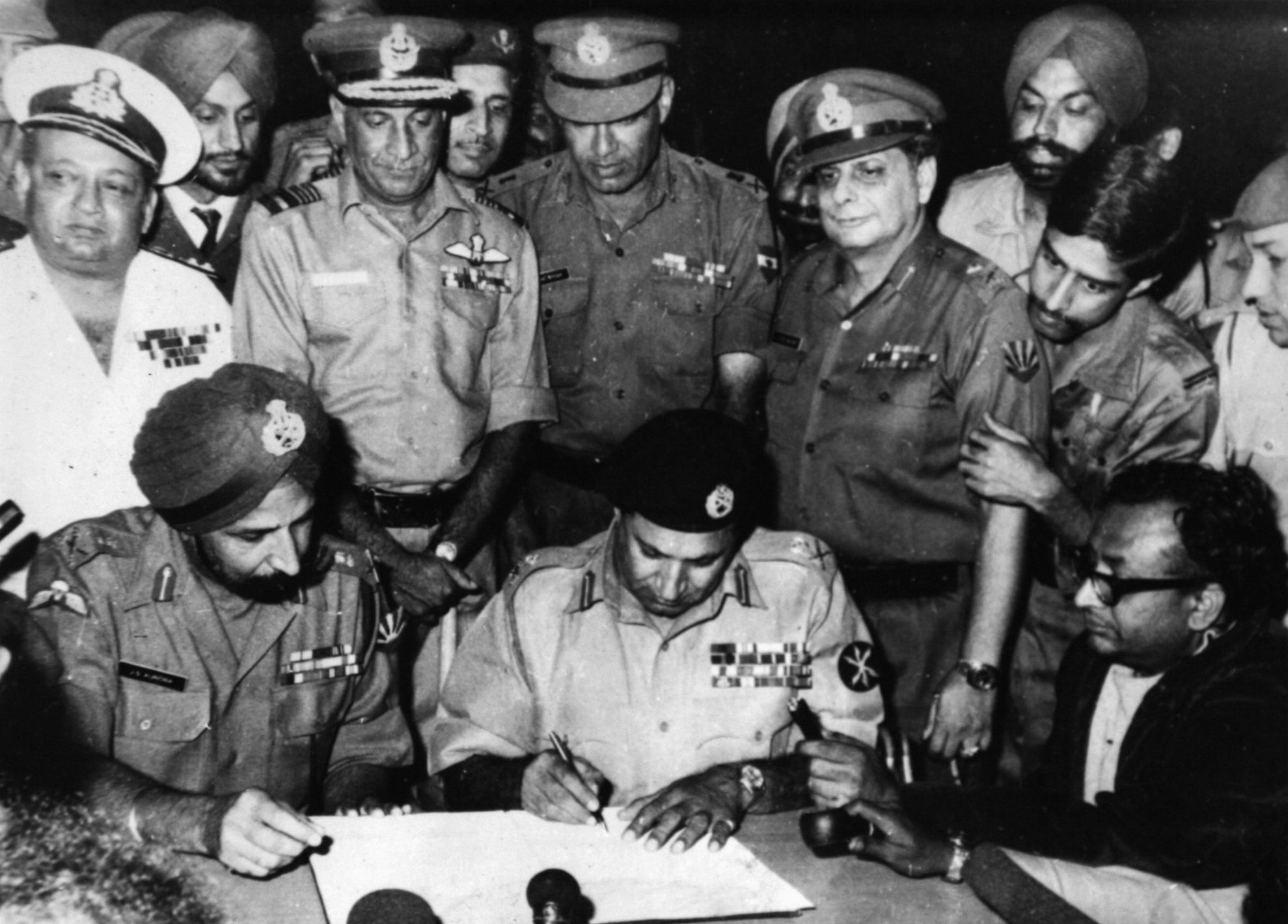
Manekshaw told the cabinet that an invasion would not be practical until November. Then, he advised, the army would have sufficient time to prepare, the monsoons would be over, and the Himalayan passes would be closed by snow to any possible Chinese intervention. The cabinet voted accordingly to delay military action until November. Even then, the Indian Army would face tremendous geographic obstacles. East Pakistan was cut into three parts by the Padma (Ganges) River in the southwest, the Jamuna River in the center, and the Meghna River in the east. All were wide, deep waterways. Between the rivers, the land was generally low-lying and flat. In the center of the country, between the Jamuna and the Meghna Rivers, the capital city of Dacca was located on a triangle of land known as the “Dacca Bowl.” Any successful Indian operation depended upon crossing the rivers and breaking into the Dacca Bowl before international pressure could force a cease-fire.
Organizing for War
The task of liberating East Pakistan fell to General Singh Arora’s Eastern Command. Planning was hampered by the fact that Eastern Command was oriented against the Chinese threat to the north and thus was comprised primarily of mountain divisions. These units had no bridging equipment, few tanks, and only light artillery, which would be ineffective against Pakistani fortifications. The staff scoured the country in search of additional armament. World War II-vintage bridging equipment, including much-needed folding bailey pontoon bridges, was located in depots throughout India and shipped to Eastern Command. Artillery units were taken from the Chinese border and attached to the divisions slated for the attack on East Pakistan. Armored regiments, many augmented with PT-76 tanks recently purchased from the Soviets, were allocated as well. Supply depots for each of the four corps participating in the assault were gathered near the border. The units involved included II, IV, XXX, and XXXIII Corps. Lt. Gen. J.F.R. Jacob, Eastern Command’s chief of staff, described the overall objective as an attempt to “draw enemy forces to the border and dissipate enemy reserves; launch thrusts at key communications centers, bypassing fortified defensive positions; destroy the enemy’s command and control network paralyzing his forces; and as opportunities arise, cross the Meghna and the Padma to supplement the main thrust from the north to Dacca.”
While the Indian Army readied itself, the Mukti Bahini, or East Pakistan Liberation Army, received massive amounts of assistance. More than 100,000 men were trained in camps just over the Indian border. Recruits received about six weeks of training before being organized into groups of 500 and sent back across the border to harass Pakistan Army forces and gather intelligence. In conjunction with the remnants of regular Bengali battalions that had survived the March fighting, the Mukti Bahini controlled some territory along the border. A 400-man naval commando unit was also formed. The Indians worked hard to give the Mukti Bahini the veneer of a regular army commanded by a government in exile, placing the organization under the command of Colonel M.A.G. Osmani, a retired East Pakistani military officer. For the purpose of Mukti Bahini operations, East Pakistan, now calling itself Bangladesh, was organized into eight sectors.
India and Pakistan: a History of Warfare
Warfare between the two nations was no rare occurrence. Since the 1947 partition, India and Pakistan had clashed repeatedly, usually over the rebellious Indian province of Kashmir, whose largely Muslim population was ruled by a Hindu rajah. An undeclared war between the two nations took place between 1947 and 1949, and a clash over water rights in the Indus Valley occurred in 1954. In 1965, fighting erupted again over Kashmir, with Pakistani forces raiding across the cease-fire line into India. Armored fighting and air raids throughout the spring and summer of 1965 caused the United States and the British Commonwealth nations to halt arm shipments to both sides. An uneasy stalemate between the two nations ensued.
One constant worry for Indian planners was the possibility of American intervention on behalf of Pakistan. Through the Southeast Asian Treaty Organization, Pakistan enjoyed friendly relations with the United States, buying billions of dollars of military hardware every year. Throughout the spring and summer, President Richard Nixon leaned hard on India, urging it to refrain from military action and even threatening to cut off foreign aid. Pakistan, China, and the United States formed a diplomatic triad that forced India to look for friends elsewhere. To that end, on August 9, India concluded a “Treaty of Friendship” with the Soviet Union, giving them a formidable diplomatic partner when hostilities broke out. Article XI of the treaty essentially forbade the Soviets from entering into separate treaties with Pakistan or China. More importantly, after fighting broke out, the Soviets could veto any UN cease-fire resolutions. With the way cleared diplomatically, Eastern Command planned to invade East Pakistan without fear of reprisals from China or the United States.
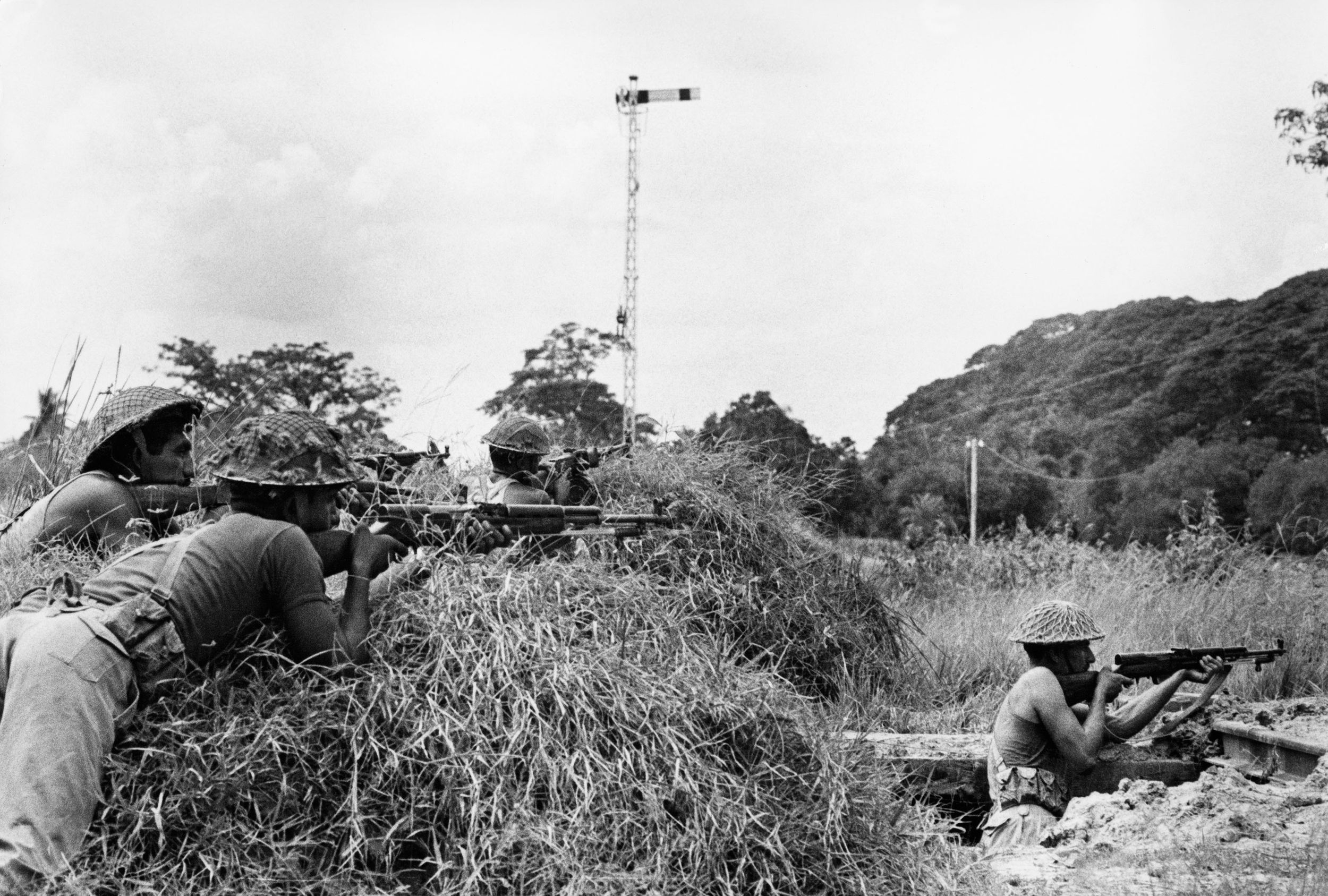
Pakistan Mobilizes
Meanwhile, Pakistani forces were not idle. Unhappy with the current situation in East Pakistan, Khan fired the commander of Pakistani forces there and replaced him with General A.A.K. Niazi. The new commander planned a layered defense based on heavily defended strongpoints that he hoped would slow down the Indian Army’s advance, sap its strength, and force some kind of diplomatic settlement—or perhaps induce a military intervention by China or the United States. Niazi simultaneously faced the task of fighting a bloody insurgency at home and defending against an Indian invasion from across the border. The Pakistani government ordered Niazi not to concede any ground for fear that land lost to the Indian Army would be declared “free Bangladesh.” It was hoped that Niazi could check the Indian advance into East Pakistan long enough for a decisive victory to be won in the west.
To defend East Pakistan, Niazi received reinforcements to increase his command to a strength of four divisions. These army, militia, and police forces, supported by local paramilitary units known as Mujahids and Razakars, waged war against the populace of East Pakistan. The Hindu minority, the intelligentsia, was specifically targeted by Pakistani troops. To his credit, upon taking command, Niazi tried to put a stop to the wanton killing, warning his commanders that such actions would turn the civilians against the army and corrode unit discipline. “I will not have soldiers turn into vagabonds and robbers,” he wrote in an internal memo. “Such elements must be given no quarter, mercy or sympathy.”
With the bulk of the population mobilized against Pakistan, Niazi found himself essentially in enemy territory. Locals spied and reported his troops’ every movement, while the Mukti Bahini fought increasingly large-scale battles against his forces. The operational tempo picked up in August. In one notable incident, a battalion of Mukti Bahini badly mauled a Pakistani battalion in open battle at the southeastern town of Belonia. Mukti Bahini frogmen were also active, sinking several Pakistani ships in Chittagong and other harbors with magnetic mines. Throughout Pakistani-occupied Bangladesh, bridges, railroads, and highways were sabotaged. Supporting the Mukti Bahini was the Indian Border Security Force, which engaged Pakistani troops near the border and prevented their pursuit into Indian territory. In late November, Indian forces began inching their way across the border and taking important targets in preparation for the main assault. During this run-up period, Pakistani forces suffered more than 8,500 casualties.
The War Begins
On the night of December 3, 1971, Pakistani forces initiated formal hostilities against India with a series of timid air raids on Indian airfields in the west. The Pakistanis had hoped to emulate the Israeli success in the Six Day War, but these raids and the second wave that followed involved only three to five aircraft at most and lacked sufficient punch to materially damage the Indian Air Force, which lost just one jet on the ground. When news of the attacks reached Delhi, however, General Manekshaw called his army commanders and ordered them to initiate ground operations immediately. The Indians retaliated on the first night of the war, with raids in the west that damaged or destroyed as many as 30 Pakistani aircraft. Other targets included Karachi’s port facilities, oil refineries, and gas works, sparking major fires that burned for more than a week. Pakistani air units in Bangladesh, a lone squadron of antiquated F-86 Sabres, were a non-factor, giving the Indians air superiority throughout the campaign. Planes from the Indian aircraft carrier Vikrant struck Chittagong and Cox’s Bazaar to the northwest. In all, the Indian Air Force was able to mount 500 sorties per day.
Operating in the center of the eastern theater of operations, IV Corps had the shortest path to Dacca, a mere 50 miles. This route was exploited by the Indian 57th Division which, after fighting its way through a battalion of the Pakistani 311th Brigade, surrounded and took the Meghna River town of Ashunganj on December 9. The Indians spent the next two days building bridges and ferrying troops across. The next day, the division’s Light Regiment was helicoptered across the river into the town Narsingdi, where it was joined by a battalion and two mountain gun batteries that had crossed earlier by boat. Against light resistance, the combined force pushed east to the Lakhya River. By the night of December 14-15, Indian forces had taken the town of Tundi, on Lakhya’s east bank, less than 20 miles north of Dacca.
In the extreme south, the Indian 23rd Division’s mission was to reach Chandpur on the bank of the Meghna River. The Indians advanced against light Pakistani resistance toward the railhead at Laksham, held by the Pakistani 117th Brigade. Indian forces enveloped Laksham and drove east to Mudafarganj, which they took on December 6. There, the Indian 301st Brigade repelled several counterattacks by the Pakistani 53rd Brigade. The Indians resumed the advance the next day, fought another bloody battle for the town of Hajiganj, then pushed on to Chandpur, taking it and Comila on the night of December 9. As elements of the Indian 23rd Division crossed the Meghna, Pakistani forces there fell back to Dacca. General Manekshaw, who was anxious to capture major urban areas, cobbled together a special ad hoc brigade composed of Indian and Mukti Bahini troops, codenamed Kilo Force, which was detached from IV Corps and sent south toward Chittagong, reaching the outskirts on the night of December 14-15.
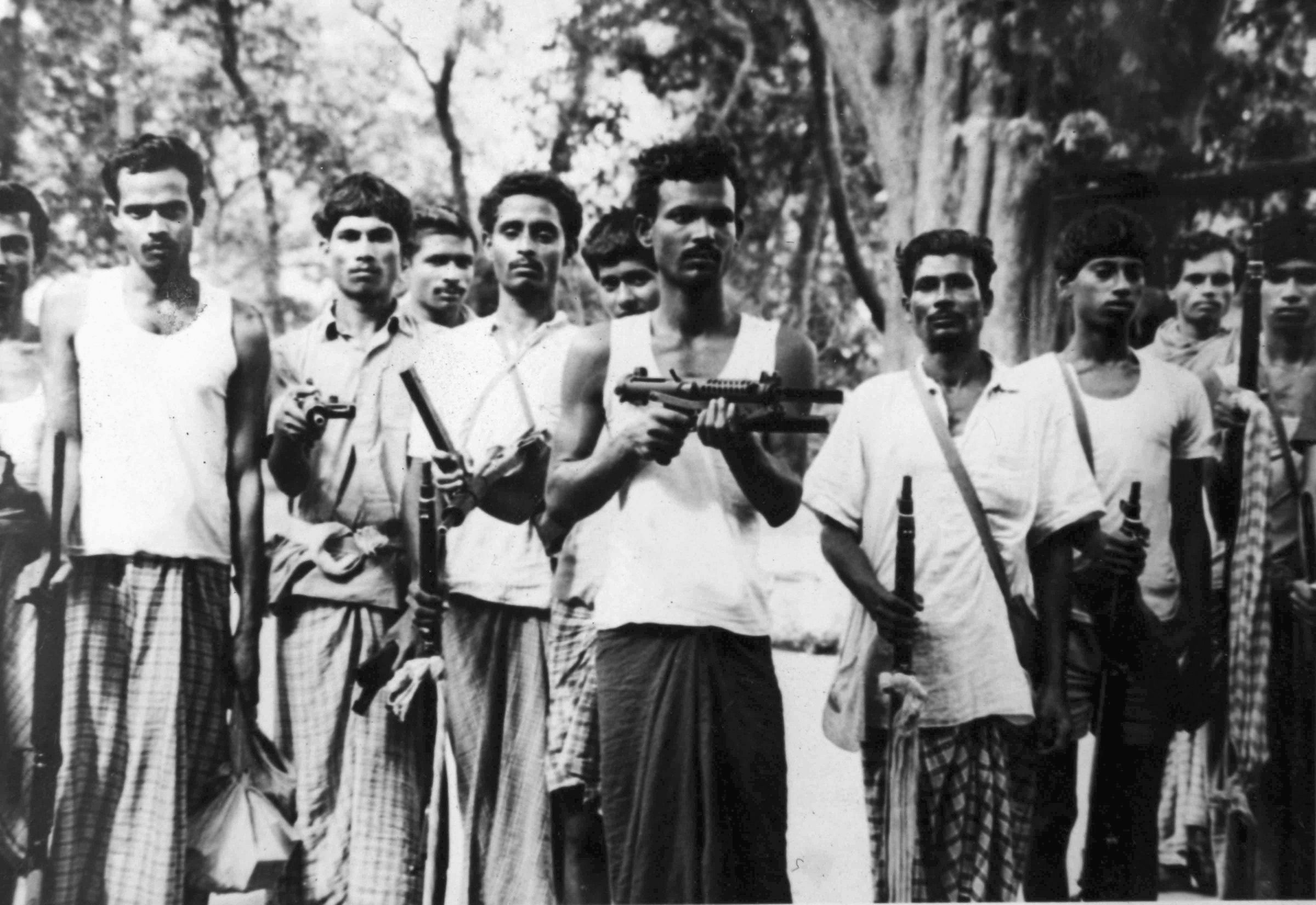
A Two-Pronged Advance
The Indian 8th Division spearheaded the IV Corps operations in northeast Bangladesh. The division engaged the Pakistani 202nd and 313th Brigades around the town of Sylhet, fighting several battles as they pushed Pakistani troops off the border. On December 7, two battalions of Gurkhas were airlifted behind Sylhet, where they linked up with the Mukti Bahini’s 1st East Bengal Battalion. The two Pakistani brigades were now isolated inside Sylhet.
Starting on Bangladesh’s northern border, India’s XXX Corps advanced in two prongs. The left prong, led by the 95th Brigade, advanced along the east bank of the Jamuna River. On December 7, the brigade encircled Pakistani forces in Jamalpur, where they surrendered four days later. The right prong, the 5th and 165th Brigades, quickly overcame local resistance, penetrating deep into Bangladesh and advancing on the Pakistani stronghold at Myymensingh. Sensing the threat to his rear, Niazi ordered the Pakistani 95th Brigade and 36th Division to pull back toward Dacca.
As the two Indian prongs were converging on Tangil on December 11, one battalion of the Indian 2nd Paratroop Brigade was dropped east of the town. The battalion linked up with local Mukti Bahini forces and engaged the Pakistani 93rd Brigade as it tried to retreat through Tangil. Pakistani forces launched several counterattacks on the town but were unable to dislodge the paratroopers. With more Indian troops quickly approaching from the north, the heavily damaged 93rd Brigade disintegrated, although some scattered units were able to pull back to the Dacca Bowl. With the way clear, the Indian XXX Corps reached the outskirts of Dacca on December 13.
Meeting Harsh Resistance
In the west, Indian forces had a far more difficult time. The mission of XXXIII Corps was to pin Pakistani troops, drive on the town of Rangpur, and pivot south toward Bogra. The corps crossed into East Pakistan in two prongs. The northern, led by the 71st Brigade, met with initial success before being stopped at the town of Birgani on the River Dhepna on December 6. From there, it was a slow push toward Dinajpur. The Pakistani 23rd Brigade repelled a pair of frontal assaults and stopped an Indian attempt to get around their southern flank. Dinajpur remained in Pakistani hands until the cease-fire. On the left flank, the 6th Mountain Brigade pushed out east toward Rangpur. Pakistani forces fought a series of successful delaying actions before falling back inside prepared positions around the town, where the Indian 6th Brigade kept them pinned. To the east, the Indian 9th Brigade crossed the border and took the towns of Kurigam and Lalmanirhat against light resistance.
To the south, the II Corps mission was to liberate East Pakistan west of the Padma and secure the Harding Bridge at Kushtia for a possible drive on Dacca. Opposing them were Pakistan’s 57th and 107th Brigades, both part of the 9th Pakistani Division. The Indian 4th Mountain Division gradually pushed the 57th Brigade off the border and northeast toward Kushtia. On the southern flank, the Indian 9th Division occupied the town of Jessore and attacked the Pakistani 109th Brigade in their prepared positions north of Khulna. The Pakistani forces fought for every inch of ground, exacting a heavy toll on the Indians and holding them north of the town until the end of hostilities. Eventually, the Indian 4th Division burst through the gap opened up by their comrades and drove on Kushtia. The 57th Brigade initially repelled several Indian advances. However, the Indian 62nd Brigade swung out to the east to the outskirts of the town of Faridpur. The 57th Brigade launched a pair of desperate counterattacks, but these were repulsed and the remainder of the brigade surrendered. Indian forces now had a key bridgehead on the Madhumati River.
Farther south was the Pakistani concentration at Hilli. Described by both sides as a fortress, with villages converted into mutually supporting strongpoints, Hilli guarded the approaches to the Jamuna River and beyond to Dacca. It was defended by the Pakistani 205th Brigade. On December 7, the Indian 20th Division launched a two-pronged assault, with the 66th Brigade approaching from the west while the 340th Brigade advanced to the north behind Hilli. Pakistani defenses slowed the 66th Brigade’s advance to a crawl; it took the brigade four days of heavy fighting to push through to its objective. Despite the slow progress, the 66th Brigade’s attack pinned Pakistani forces in place, allowing the 340th Brigade to pivot behind the fortress and isolate it. Pakistani troops pulled out of Hilli on December 11. Indian forces then raced south along the west bank of the Jamuna toward the town of Bogra, fighting their way through elements of the Pakistani 205th Brigade as they went. The Indian 340th Brigade finally broke into Bogra on December 13.
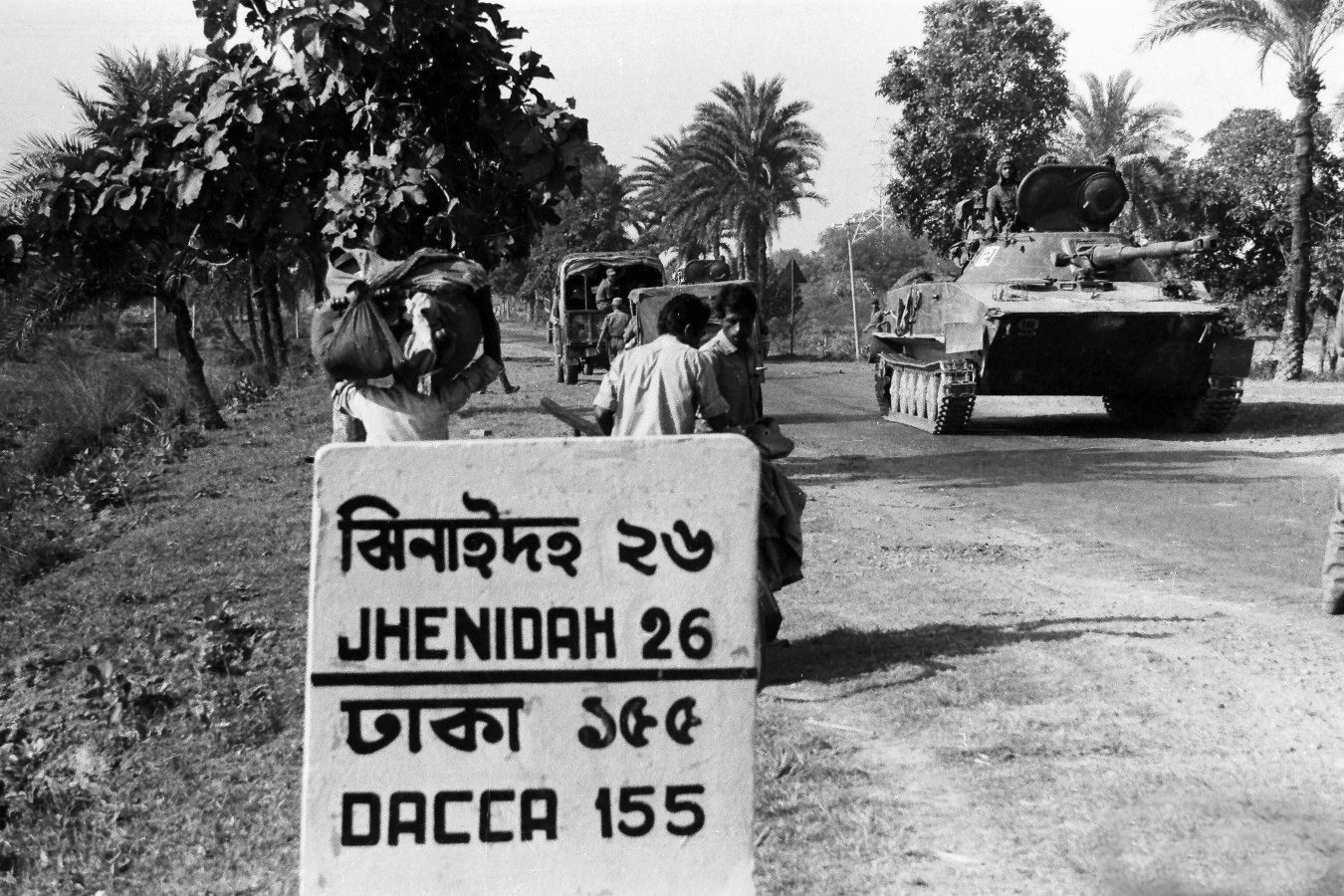
Ceasefire
By December 15, the Pakistani situation was bleak. Niazi’s forces had been pushed off the border, isolated into small pockets, and gutted by another 6,200 casualties. Four Indian brigades lay on the eastern and northern outskirts of Dacca. Nor was there any hope of a dramatic victory in the west, where the Pakistani offensive had stalled badly. That afternoon, Niazi contacted Indian officials and asked for a cease-fire as a prelude to formal surrender, which he had been ordered to request by the government. The United Nations General Assembly had also called for a cease-fire, inducing Pakistani Foreign Minister Zulfikar Ali Bhutto to walk out in protest of what he termed the UN’s “miserable, shameful” actions—or lack thereof. While Bhutto flew home a national hero, Niazi waited for the Indian response. That same evening, his request was granted. The next day, with Generals Manekshaw, Arora, and Jacob in attendance, Niazi signed a formal instrument of surrender, sending himself and 93,000 men into captivity for the next two years.
Despite directing him to surrender, a humiliated Pakistani government made Niazi the scapegoat for its loss. The Hamad ur-Rahman Commission, formed to investigate the cause of the nation’s defeat, argued that Niazi should have deployed his forces in the easily defended Dacca Bowl. This argument ignored the political reality that Niazi had been ordered to mount a forward defense. Nor could Niazi have executed a flexible, mobile defense. The Mukthi Bahini impeded the free movement of his troops, and Indian air superiority guaranteed that any such movement would have been suicidal, anyway. Niazi’s forward defense worked well in the west, where Indian forces were checked by Pakistani fortifications. Nevertheless, Niazi ordered the abandonment of Jessore and Hilli. These withdrawals coincided with the general retreat in the north and east, nullifying the forward defense concept.
Drawing Conclusions from the War
The commission concluded that many Pakistani units were badly led and recommended courts-martial for various commanders. Months of counterinsurgency efforts had worn down Pakistani units, as had the daunting task of running the civil government. The commission placed great blame for the army’s unreadiness on the wanton rape and looting inflicted by the troops on the populace of Bangladesh, blaming such actions for a breakdown in discipline and castigating Niazi for not better controlling his troops.
In victory, General Manekshaw became a national hero in India. The nation’s triumph was the result of several factors, the first of which was careful planning and organization. After reorganizing its troops into several corps, Eastern Command’s staff went on to locate the artillery, armor, and bridging equipment their divisions would need, stockpiling the necessary supplies for a massive offensive. While the Mukti Bahini was not as effective as planners had hoped, the operations still inflicted significant harm on the Pakistani Army. More importantly, they provided invaluable intelligence that enabled Indian commanders to know exactly which Pakistani units they were going up against and how they were deployed. Overall, the time and effort devoted to training and equipping Indian troops was well worth it.
Still, India’s victory was not a foregone conclusion—the invasion was not perfect. The frontal assaults by II Corps on Hilli were fruitless and played into the Pakistani plan to delay the Indian advance. By contrast, XXX and IV Corps relied successfully on maneuverability and helicopter-borne assaults to bypass Pakistani strongpoints. Had Pakistani forces been able to slow or stop the Indian operations in the east and force a stalemate, an international call for a cease-fire under the auspices of the United Nations would have resulted. By formulating a plan to avoid such a possibility and then executing it swiftly and efficiently, Generals Manekshaw, Arora, and Jacob won the war for India.
Efforts by their Pakistani counterparts were far less successful. The Pakistani attack in the west consisted of several widely dispersed and halfhearted thrusts into Indian territory. In the north sector, a two-pronged Pakistani attack failed to make any headway against the town of Poonch, which was stoutly defended by elements of the Indian 25th Division. About 50 miles to the south, at Chamb, the Pakistani 23rd Division managed to drive elements of the Indian 10th Division back toward the city, but at the cost of 29 tanks lost in two days of fighting.
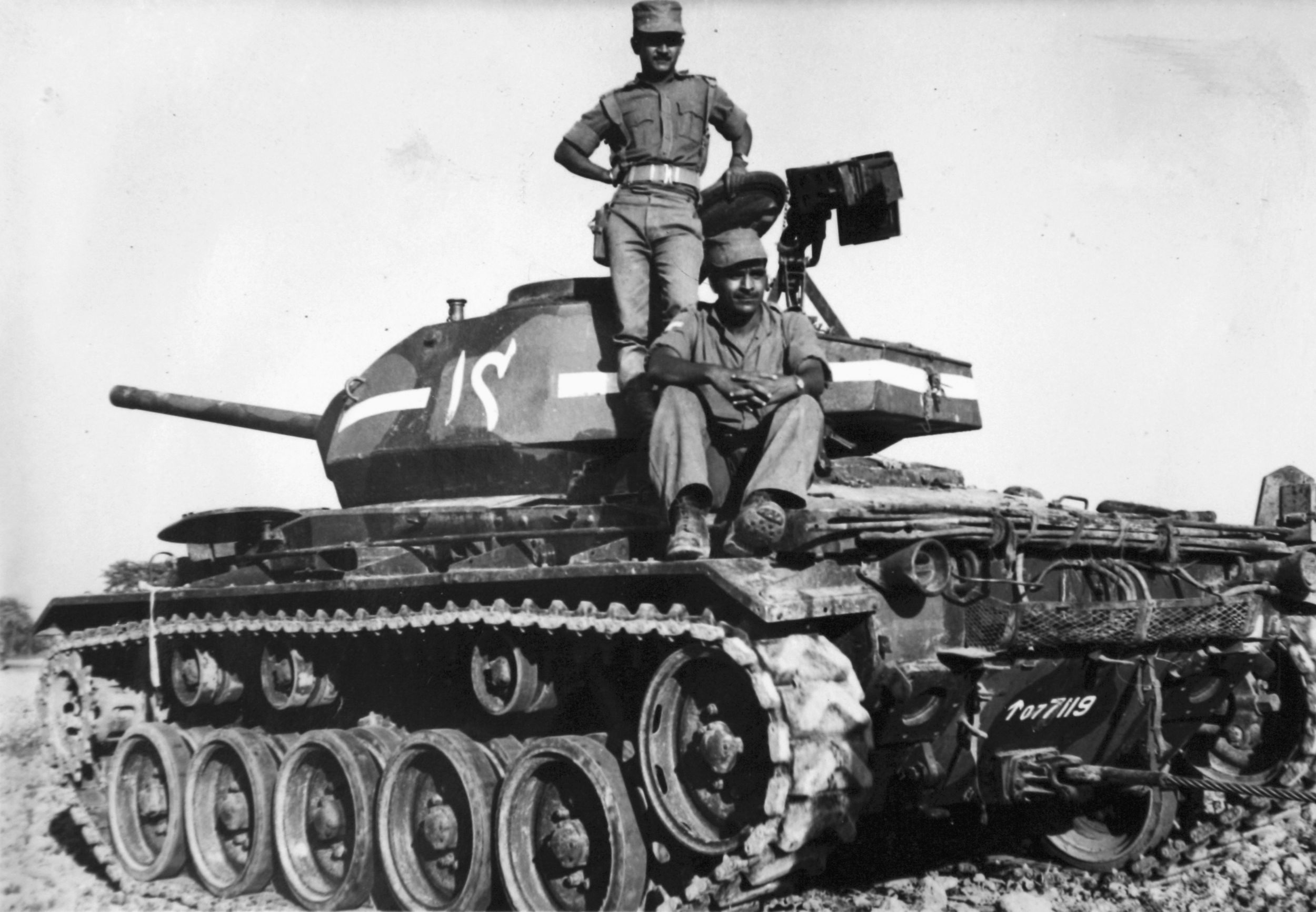
In the southern sector, Pakistani forces hoped to pinch off the Indian salient thrusting west from Jaisalmer. This effort was led by the Pakistani 18th Division. Before their offensive could get under way, the Indian 12th Division attacked north and took the Pakistani town of Islamgarh. When the Pakistani commander reoriented the 18th Division to deal with the new threat, its armored column was spotted at Longanewala by sharp-eyed Indian forces and pounded by the Indian Air Force, which destroyed or damaged most of the Pakistani tanks.
In the Punjab area, Indian forces from the 36th and 54th Divisions seized the initiative by launching a two-pronged assault aimed at destroying the Pakistani-held Shakargarh salient. Although Pakistani troops fought doggedly, the Indians slowly pushed them back, seizing more than 465 square miles of territory. On December 15, the Pakistani 8th Armored Brigade counterattacked. Its two tank regiments (13th Lancers and 31st Cavalry) struck the Indians at Zafarwal. Lacking proper air or artillery support, the regiments charged into the teeth of the Indian Poona Horse, losing 50 Patton tanks in exchange for 15 Indian Centurions.
Pakistani operations in the west lacked strategic direction and were not mutually supporting. If the Pakistanis had hoped to save East Pakistan by winning the war in the west, they should have launched a blitzkrieg-style attack aimed at capturing a large chunk of Indian territory. Rather than winning the war, the Pakistani offensive in the west cost the nation thousands of casualties and hundreds of vehicles, allowing India to greatly improve its tactical situation.
Resolution to the Conflict
On December 20, 1971, Yahya Khan resigned as president of Pakistan and was replaced by Zulfikar Ali Bhutto. As his first official act, Bhutto dismissed all his senior military leaders and had them arrested. Peace talks between Bhutto and Indian Prime Minister Indira Gandhi dragged on for another six months before India agreed to withdraw its troops from Pakistan and return Niazi and the 93,000 prisoners of war. In the meantime, Sheikh Mujibur Rahman was released from a West Pakistan prison and returned in triumph to Bangladesh, becoming the new nation’s first president. Former Beatle George Harrison organized a massive Concert for Bangladesh at New York’s Madison Square Garden to raise funds for the war- and cyclone-ravaged nation. Superstars Bob Dylan, Eric Clapton, Ravi Shankar, and Ringo Starr participated in the charitable event, but Harrison’s other ex-Beatle mates, John Lennon and Paul McCartney, were no-shows.
The Indo-Pakistani War had fatal consequences for many of the leaders of the two countries involved. Zulfikar Ali Bhutto was overthrown in a 1977 coup led by General Muhammad Zia ul-Haq. On April 4, 1979, despite widespread pleas from the international community for mercy, Bhutto was hanged for alleged crimes against a Pakistani civilian. In October 1984, Indira Gandhi was assassinated in her garden by two of her own bodyguards. And in December 2007, Bhutto’s beautiful and accomplished daughter, Benazir, who had succeeded her father as head of Pakistan and then fled into exile in the United States and Great Britain, was assassinated after returning to her homeland to campaign again for high office.
The cycle of violence remains unbroken, and Pakistan today is considered perhaps the most dangerous front in the unending war against international terrorism that began on September 11, 2001.
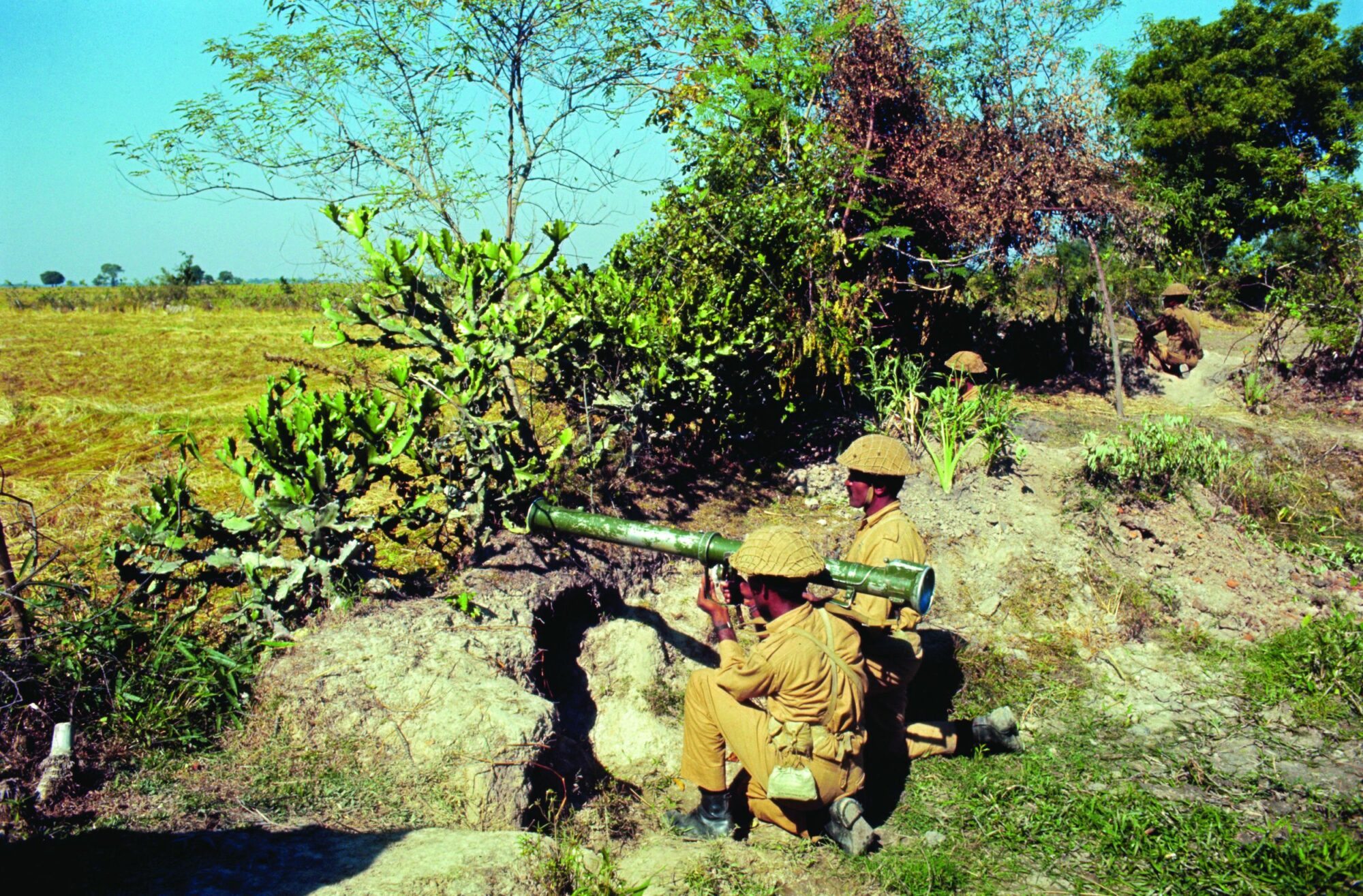
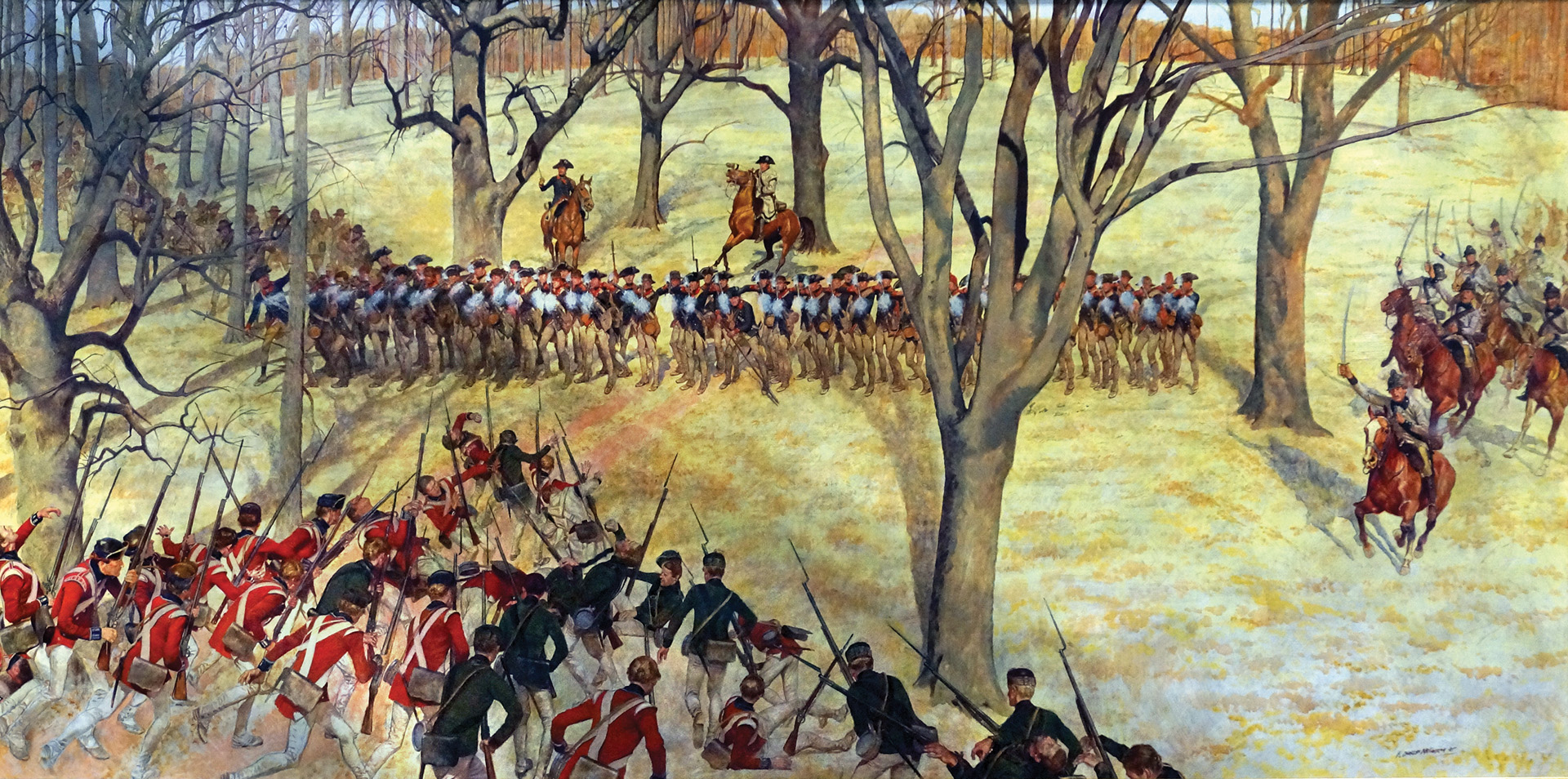
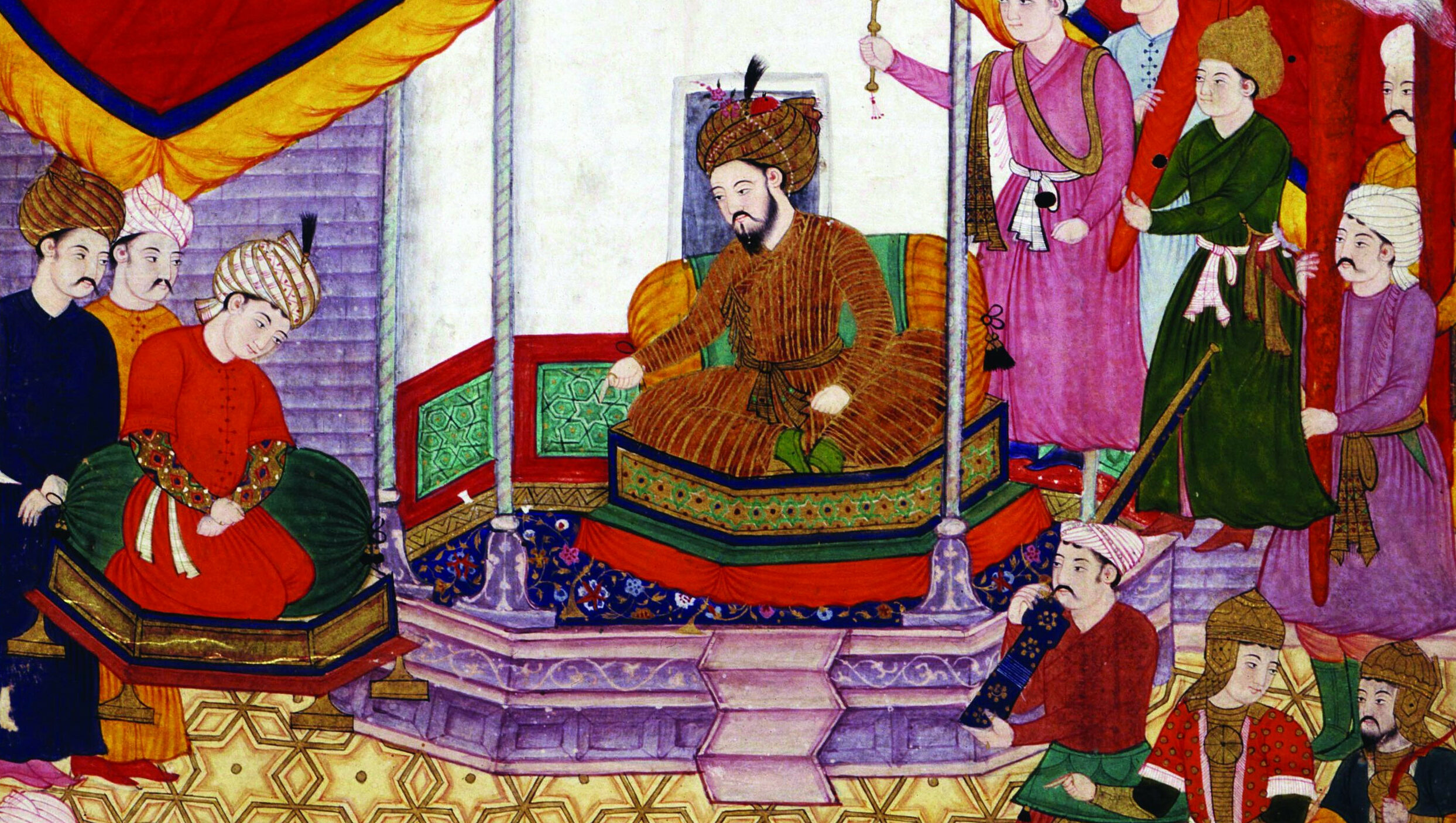
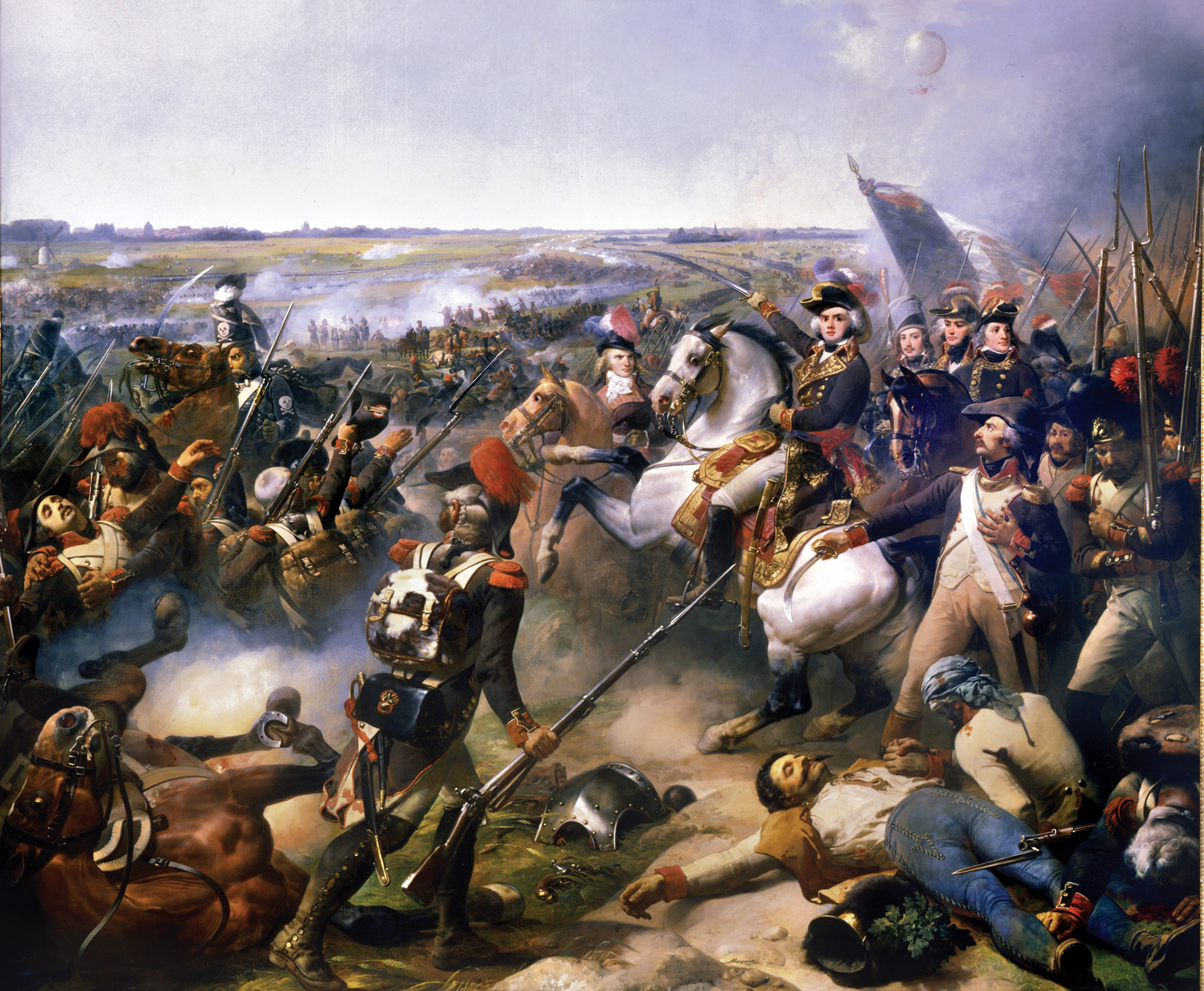
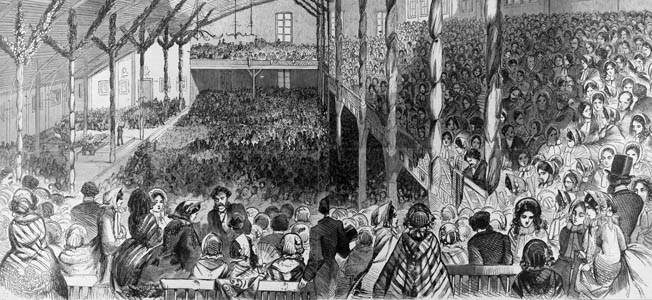
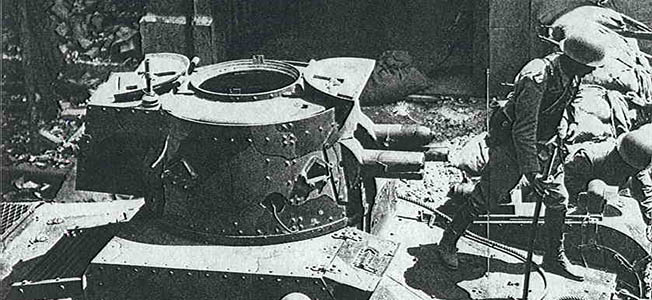
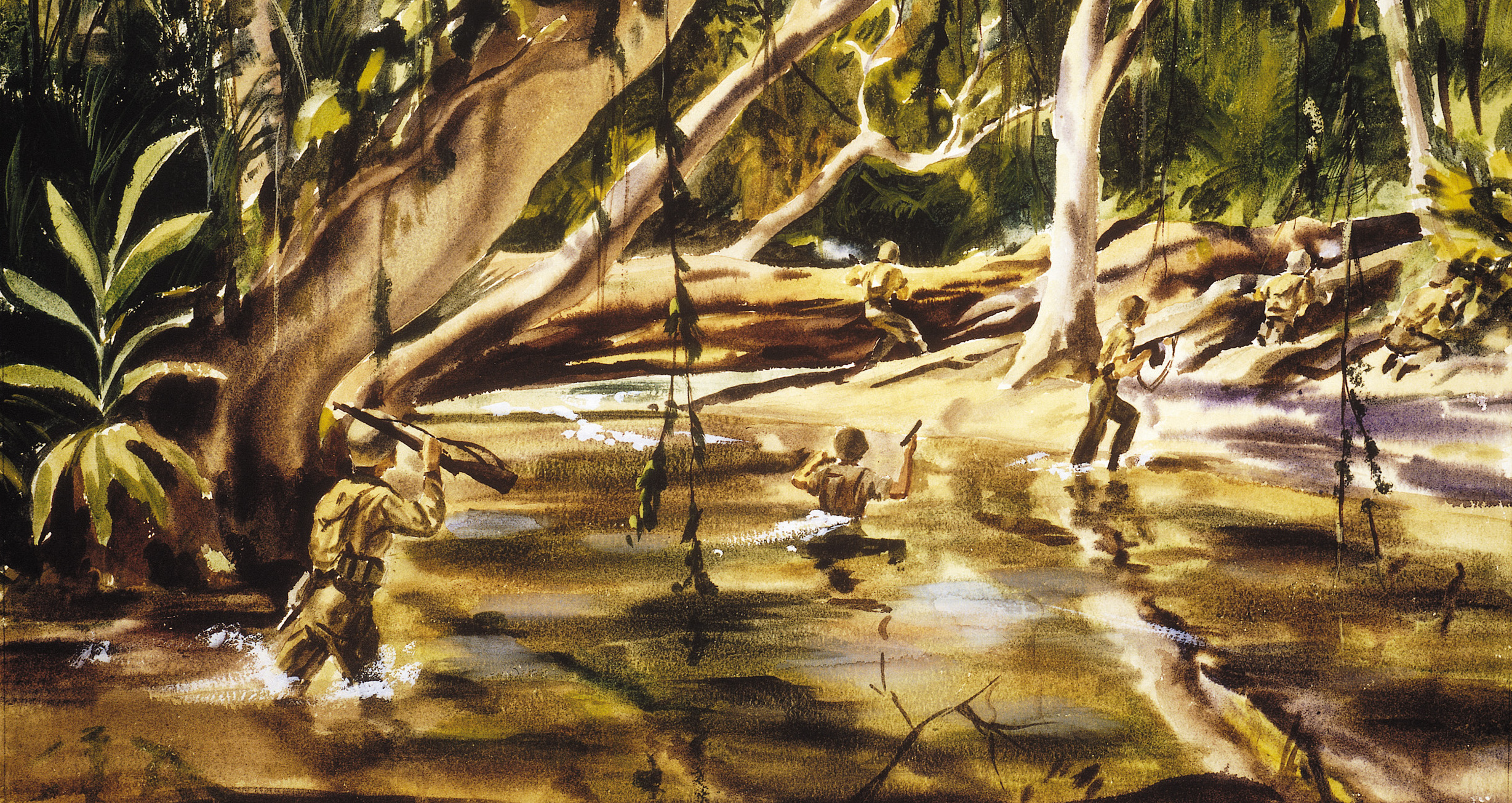
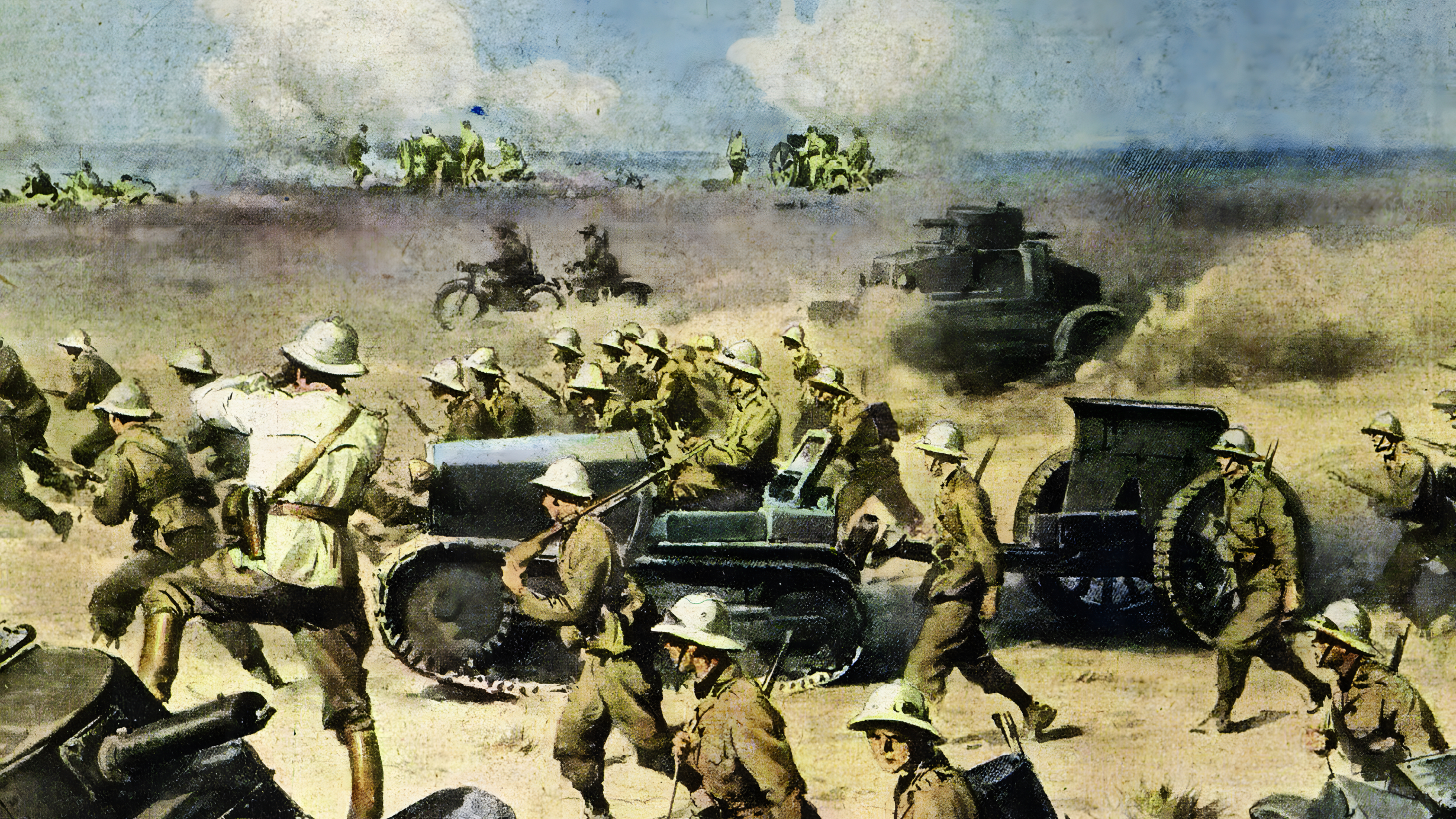
The election of Sheikh Mujibur Rahman in East Pakistan caused great fear in West Pakistan. West Pakistan was able to amass troops in East Pakistan more or less secretly. Then late in March 1971 the West Pakistanis struck out against everyone in positions of leadership in East Pakistan. Business people, educators, politicians, community leaders were “disappeared” or killed. That is what led to the insurrection in East Pakistan, led to the creation of Bangladesh, and the eventual intervention of the Indian military.
Mr Neazi you will be symbol of defeat army general for ever in Pakistan history. And your Pakistan never ever forget the kick on the teeth by brave Mukti Bahini .
While the Indian military did the job quite well, it would be difficult to conclude that the operation produced a successful state, even by the loose standards of the region.